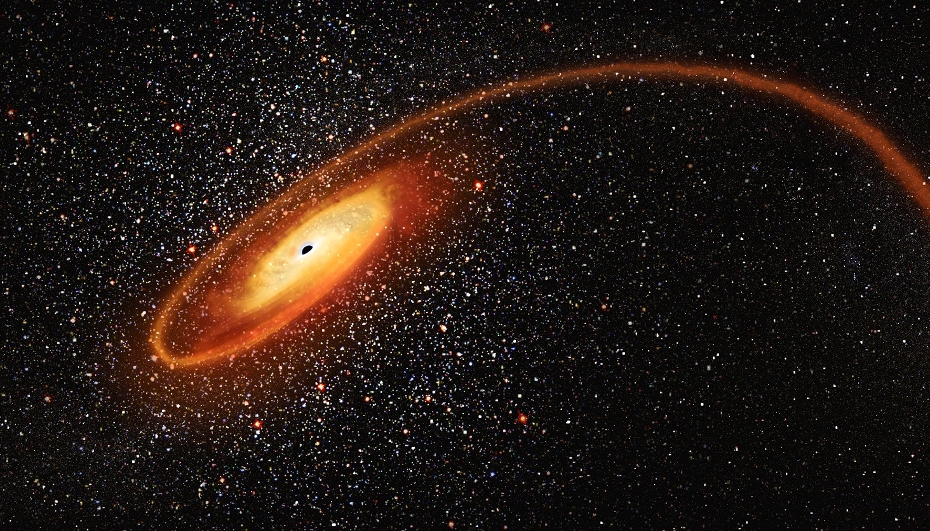News
The Dutch Black Hole Consortium receives €4.9 million in funding

The Dutch Black Hole Consortium (DBHC), which includes several GRAPPA members, has been awarded a grant of € 4.9 million by the Dutch Research Council (NWO) as part of the National Science Agenda. This new interdisciplinary consortium aims to further unravel the mysteries surrounding black holes and the wider universe.
Astronomers and physicists are joining forces to make new discoveries about black holes, using the Event Horizon Telescope, the international project that took the first direct image of a black hole last year, and via gravitational waves, where geologists are also ‘delving into the ground’ for the potential underground construction of the planned gravitational wave detector Einstein Telescope. The consortium will work with universities of applied sciences to develop new educational materials aimed at sparking interest in science among people of all backgrounds and especially children. Lead applicant Stefan Vandoren from Utrecht University: ‘This is an excellent project in which we are combining research, technology and the interests of society.’
The Dutch Black Hole Consortium is made up of researchers from the fields of theoretical physics, astronomy and geology, technicians working on the next generation of gravitational wave detectors and researchers of science communication and science history, combined with teacher training courses and museums. The UvA researchers who are part of the consortium are Sera Markoff, Jan de Boer, Franke Linde, Ralph Wijers, Alejandra Castro, Jeroen van Dongen, Erik Verlinde, Alessandro Bertollini, Sarah Caudill and Samaya Nissanke from the Anton Pannekoek Institute (API), Institute of Physics (IOP) and GRAPPA.
Sera Markoff, who sits on the Consortium Board: ‘We are excited to launch this interdisciplinary project in order to enhance our understanding of the nature of black holes, while also conveying our enthusiasm about our discoveries to the public through museums and outreach projects.’
The consortium is made up of 31 applicants from universities and universities of applied sciences and six partners from industry, museums and government. More information can be found on the UvA news page.